The world of observability tools is split between two extremes: open-source and managed observability platforms. Both options come with their own set of advantages and disadvantages, making it even more difficult for organizations to pick the right option.
Open-source platforms are distributed with their source code, enabling organizations to use and distribute it as part of their existing applications. They are also seen as highly collaborative, often coming with their own library and shared resources maintained by developers across the globe. Managed observability platforms, on the other hand, are out-of-the-box solutions that are licensed or sold to the organization. They are delivered as a SaaS product and include additional features that make them ideal for business use.
So, how can you pick the best option for your needs? This blog explores the world of open-source vs. managed observability options, dissecting their strengths and weaknesses to help you make an informed decision.
What are open-source observability platforms?
As per the 2024 Open-source Security Risk Analysis Report (OSSRA), 96% of codebases contained open-source, given the many benefits of using this platform.
Open-source observability platforms offer a compelling value proposition: flexibility, customization, and cost-effectiveness. These platforms are freely available, allowing you to tinker, modify, and tailor them to your unique infrastructure.
Some of the most powerful open-source observability platforms include:
Grafana
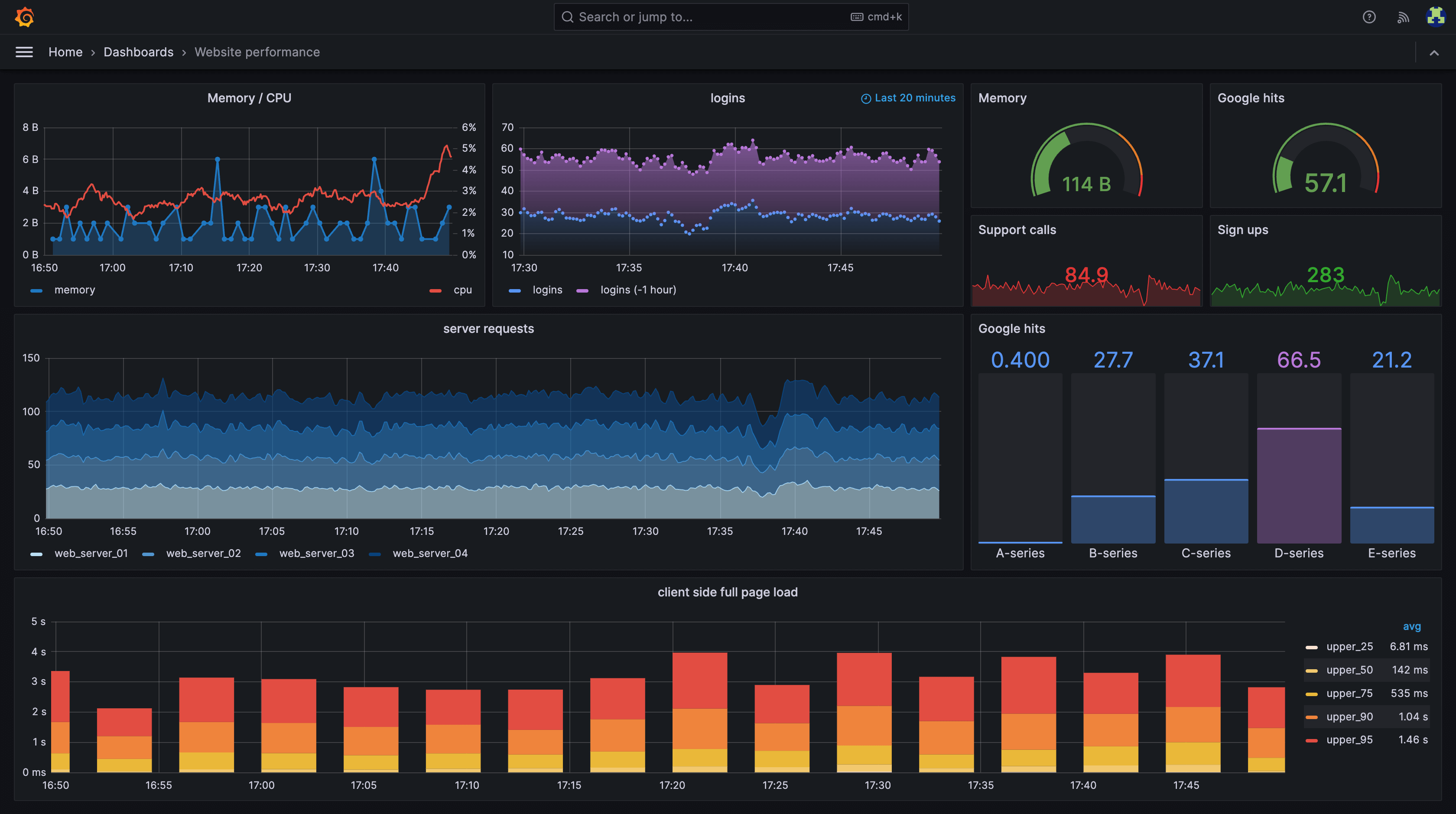
A powerful open-source observability platform that offers flexible visualization and analytical capabilities. It empowers organizations to create tailored monitoring solutions based on their specific preferences and can be used to track metrics, logs, and traces.
Zipkin
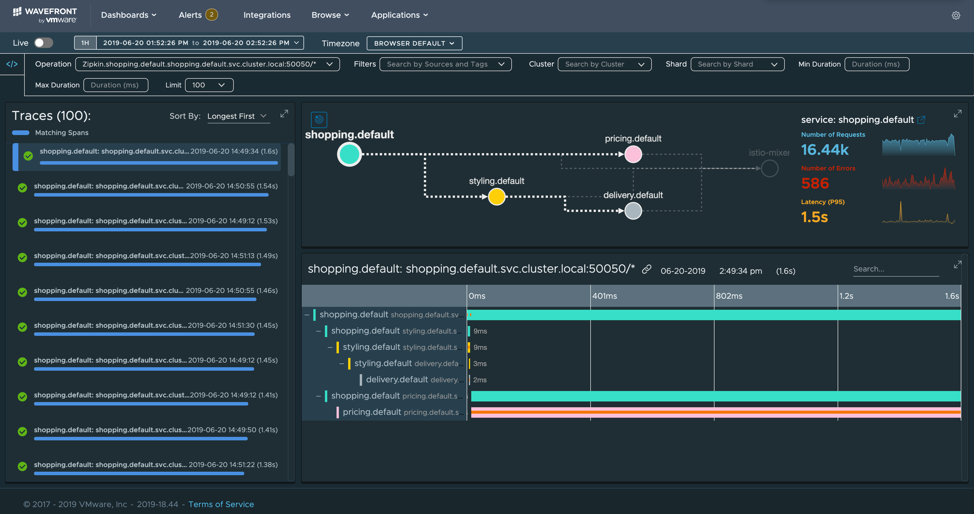
An open-source distributed tracing platform often used for troubleshooting issues with latency in software services. It allows users to gather data needed for troubleshooting latency problems and helps you track requests across your entire application ecosystem, pinpointing performance bottlenecks.
Prometheus
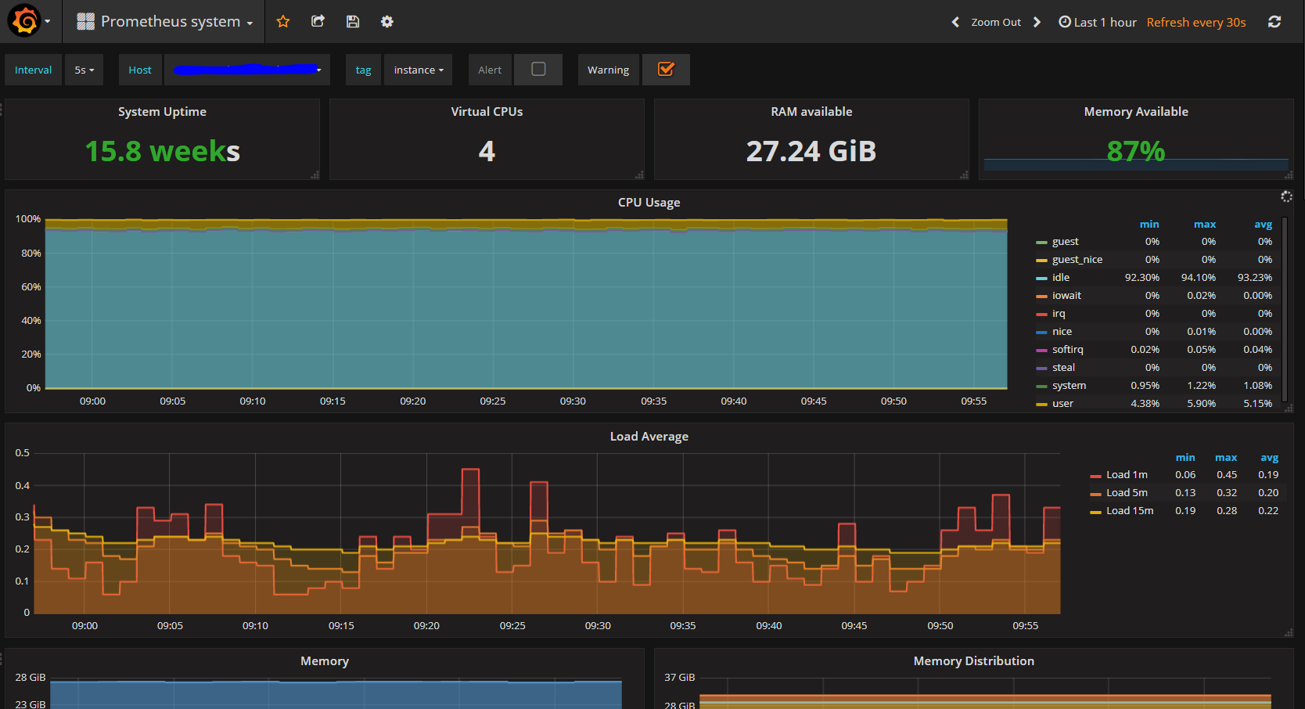
A widely adopted open-source tool for collecting and storing metrics, allowing for real-time monitoring and alerting. It offers excellent visualizations, PromQL queries for data slicing and monitoring, and several third-party integrations, making it ideal for most system architecture.
While open-source platforms are free (with some paid add-ons, as seen with Grafana), there are some things to remember when adopting it. These include:
- Installation and maintenance: Setting up and maintaining an open-source observability platform requires significant in-house expertise. You’ll need to manage infrastructure, configure tools, and handle ongoing updates.
- Limited support: While open-source communities can be helpful, they may not provide the level of dedicated support you might find with a managed platform. Troubleshooting complex issues can be time-consuming since the community comprises fellow developers and users who can help out only if the issue is something they are familiar with.
- Security concerns: Securing your open-source stack requires constant vigilance. Patching vulnerabilities and staying on top of security best practices falls entirely on your shoulders. As per the OSSRA report, 84% of codebases contained at least one open-source vulnerability, with 49% of codebases with open-source having no development in the last two years.
There are additional open-source observability and monitoring tools like Logz.io, Signoz, OpsVerse, and more which can help organizations to gain similar observability features.
However, overly depending on the open-source platform comes with the inherent risks we discussed. This is one of the major reasons why organizations should consider managed observability platforms.
What are managed observability platforms?
Managed observability platforms take the opposite approach, offering a complete, out-of-the-box solution. These platforms are delivered as a service (SaaS), often cloud-based, removing the burden of infrastructure management and configuration. The key features of a managed observability platform include:
Ease of use
Managed platforms are designed for quick deployment and minimal configuration. They often offer intuitive interfaces and pre-built dashboards, allowing users to get started monitoring their systems quickly.
Scalability
Managed platforms can automatically scale to meet your growing needs, eliminating the need to provision additional resources constantly.
Enterprise-grade support
Managed providers offer dedicated support teams with deep expertise in their platform. They handle troubleshooting, updates, and security concerns, freeing your team to focus on core business activities.
Pre-built integrations
Many managed platforms come with pre-built integrations for popular applications and infrastructure tools, simplifying data collection and analysis.
Some of the top-managed observability platforms include:
Middleware
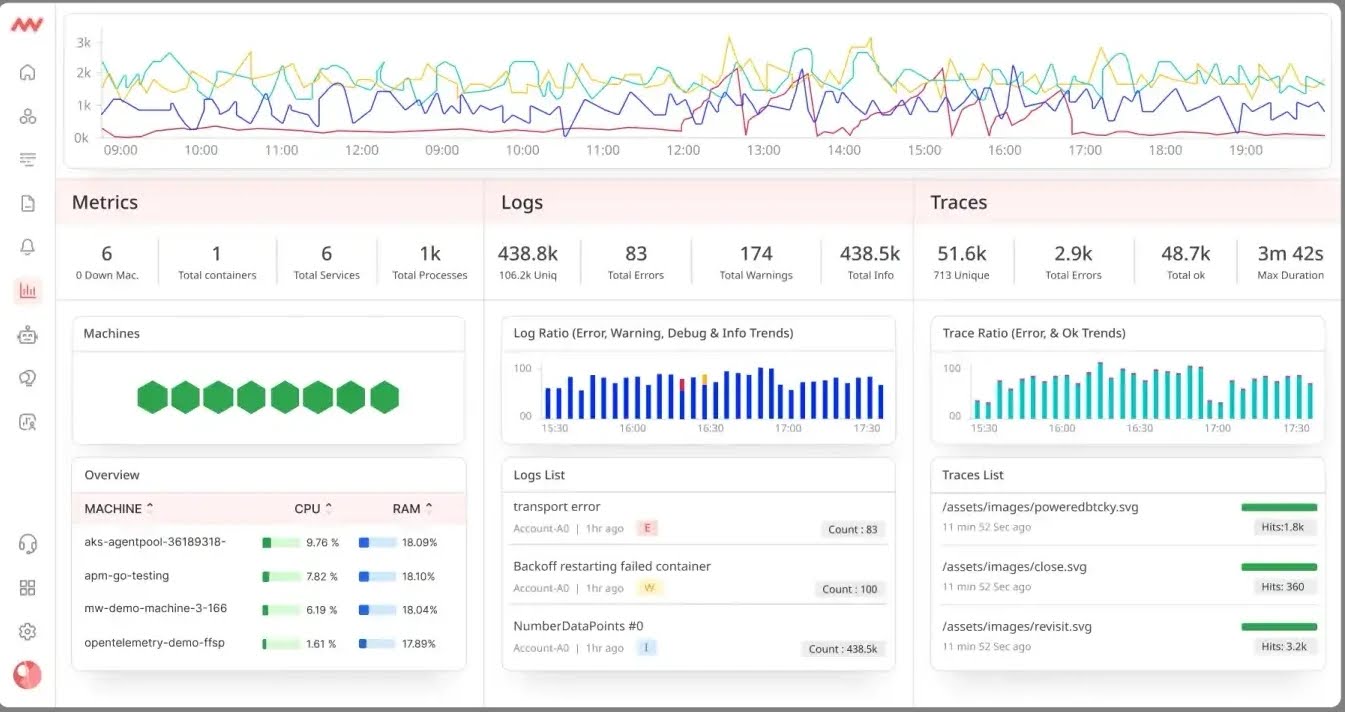
It is a full-stack observability platform that provides a comprehensive suite of tools for application performance monitoring, log management, and tracing. It offers an intuitive interface, pre-built dashboards, and dedicated support to ensure a smooth and efficient monitoring experience.
Datadog
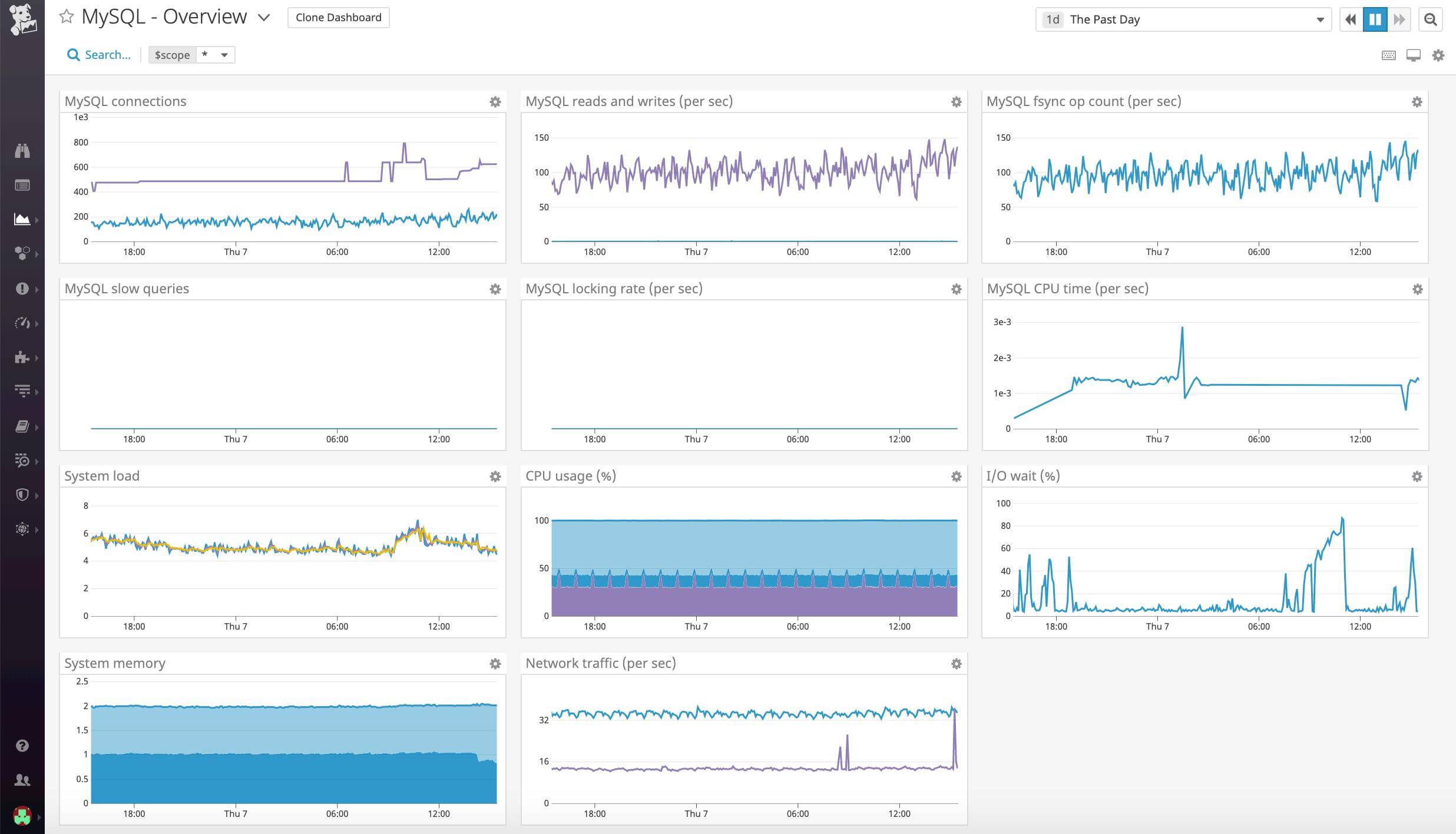
A leading provider of cloud-based monitoring solutions, Datadog offers a wide range of features, including infrastructure monitoring, application performance monitoring, and log management. It is known for its user-friendly platform and extensive integrations.
New Relic
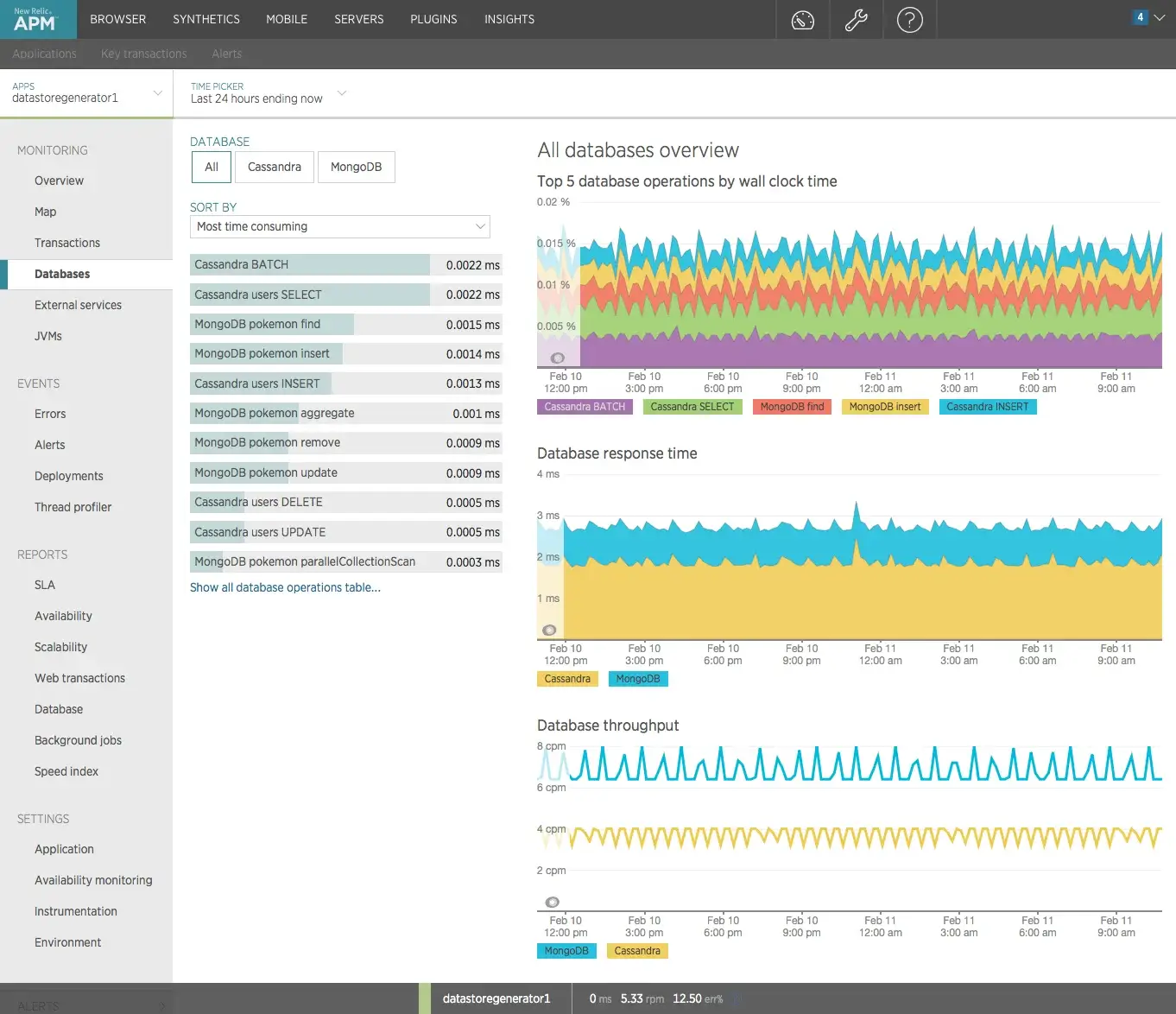
A popular managed observability platform with a focus on application performance monitoring, New Relic provides deep application insights, real-time alerting, and code-level troubleshooting capabilities. It excels in offering solutions tailored to specific application types (e.g., web, mobile).
However, managed solutions come with their own set of considerations:
- Vendor lock-In: Reliance on a single vendor can lead to lock-in, making it difficult and expensive to switch platforms in the future.
- Cost: Managed platforms typically have subscription fees, which can add up over time compared to the free nature of open-source tools.
- Limited customization: While some managed platforms offer customization options, they may not provide the same level of flexibility as open-source solutions.
Open-source or managed observability platform?
So, which option should you pick for your enterprise needs? Here is a side-by-side comparison of open-source vs. managed observation platforms to help you out.
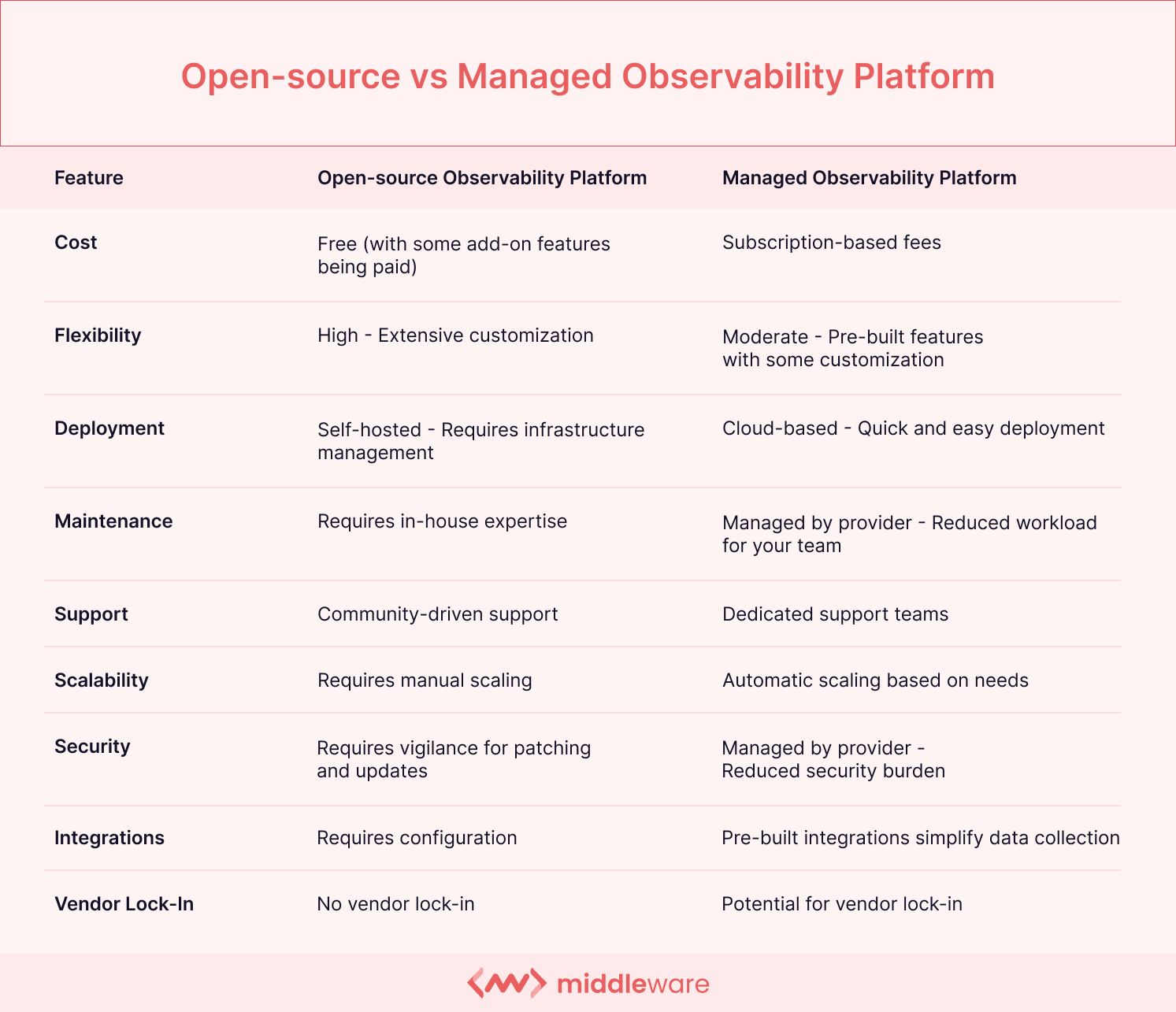
Thus, when it comes to open-source observability platforms, they are:
- Ideal for teams with in-house expertise on how to manage and customize the observability stack.
- Cost effective.
- Flexible and easy to tweak as per your needs.
However, they require significant investment in time and resources.
Managed observability platforms, on the other hand, are:
- User-friendly and easy to use.
- Low maintenance.
- Easy to set up and deploy.
- Automatic scaling.
They are ideal for organizations seeking a solution that provides access to dedicated support and offers out-of-the-box features. However, the trade-off lies in potential vendor lock-in and ongoing subscription costs.
When should you use a managed solution over open-source?
At first glance, most organizations may find open-source observability platforms to be more appealing. They are free to use, and the popular options come with community support, which is great initially. However, first impressions can be deceiving. As you build upon the open-source solution and encounter more complex issues, they can be tough to navigate, and the support you get in such situations is often limited.
Thus, here is a checklist to know if you should pick open-source or managed observability platforms:
Compare features
Focus on the features and agility that both solutions offer. Managed observability platforms often provide add-on features and functionalities that make them ideal for business setup.
Access in-house expertise
If your organization lacks the in-house expertise to manage and maintain a complex open-source observability stack, a managed platform can alleviate this burden. Their user-friendly interfaces and dedicated support teams can ensure smooth operation without requiring extensive technical knowledge from your staff.
Scalability
Understand how large and fast your solution needs to scale according to your needs. Open-source is flexible but requires in-house resources to help scale the solution.
For organizations with rapidly scaling infrastructure, a managed platform can automatically adjust its resources to meet your growing demands. This eliminates the need for your team to constantly provision and manage additional hardware or cloud resources but can add an associated cost as you scale.
Understand in-direct costs
While open-source solutions are often completely free to use, be sure to factor in the in-direct expenses you will incur when using them. These include the costs associated with hiring or the time your resources spend managing open-source platforms.
Managed observability platforms may have a small fee and other associated costs, but they will be easier to use and free up your resources, making them cost-effective in the long run.
Support
While open-source observability platforms will help you get community support and help, managed solutions offer customer support. This is effective, especially if you are stuck with a specific issue that requires dedicated help.
Security focus
A managed platform can offer significant advantages if maintaining robust security is a top priority. Leading managed observability providers invest heavily in securing their platforms and keeping them up-to-date with the latest security patches. This frees your team from the constant vigilance required with open-source solutions.
Compliance requirements
For organizations subject to strict compliance regulations, a managed platform can offer peace of mind. Many providers ensure their platforms adhere to industry security and data privacy standards, reducing your compliance burden.
Conclusion
While both open source and managed observability tools have benefits, this checklist can help you make an informed choice. It will empower your organization to gain valuable insights into your application performance and ensure system health.
With managed observability platforms, you gain a strategic advantage. Observability tools should go beyond simply monitoring and capturing metrics, logs, and traces of your IT infrastructure and applications.
When it comes to such detailed monitoring capabilities, managed observability platforms like Middleware stand out. It offers a comprehensive suite of managed observability solutions designed to streamline your monitoring process and help you to make data-driven decisions.
With simplified installation, no-code drag-and-drop customizable dashboards, comprehensive support, and more, you gain real-time visibility and insights into your infrastructure, no matter how complex the systems or architecture is.
Get started with Middleware for free, or contact us for a personalized demo.




